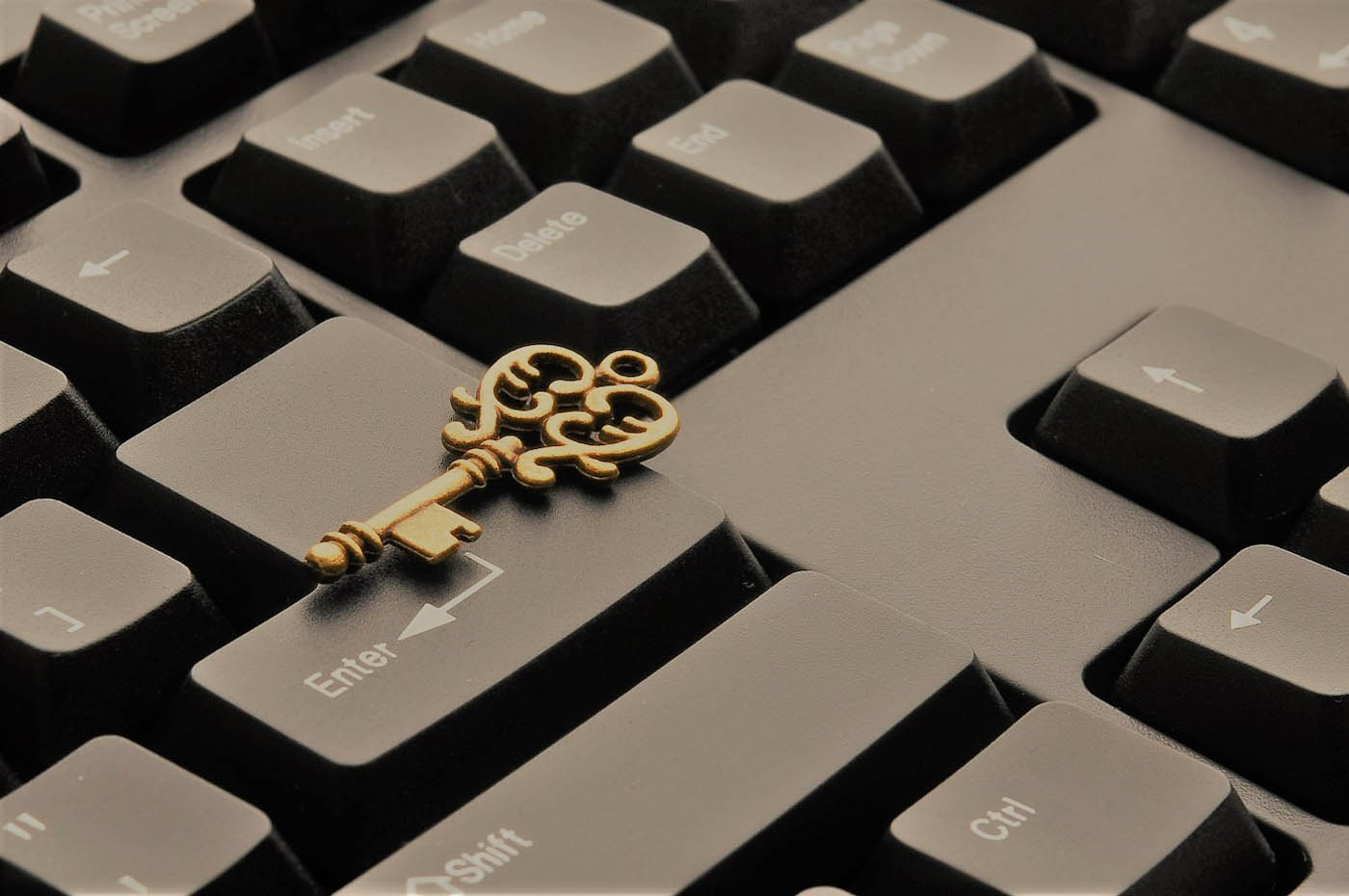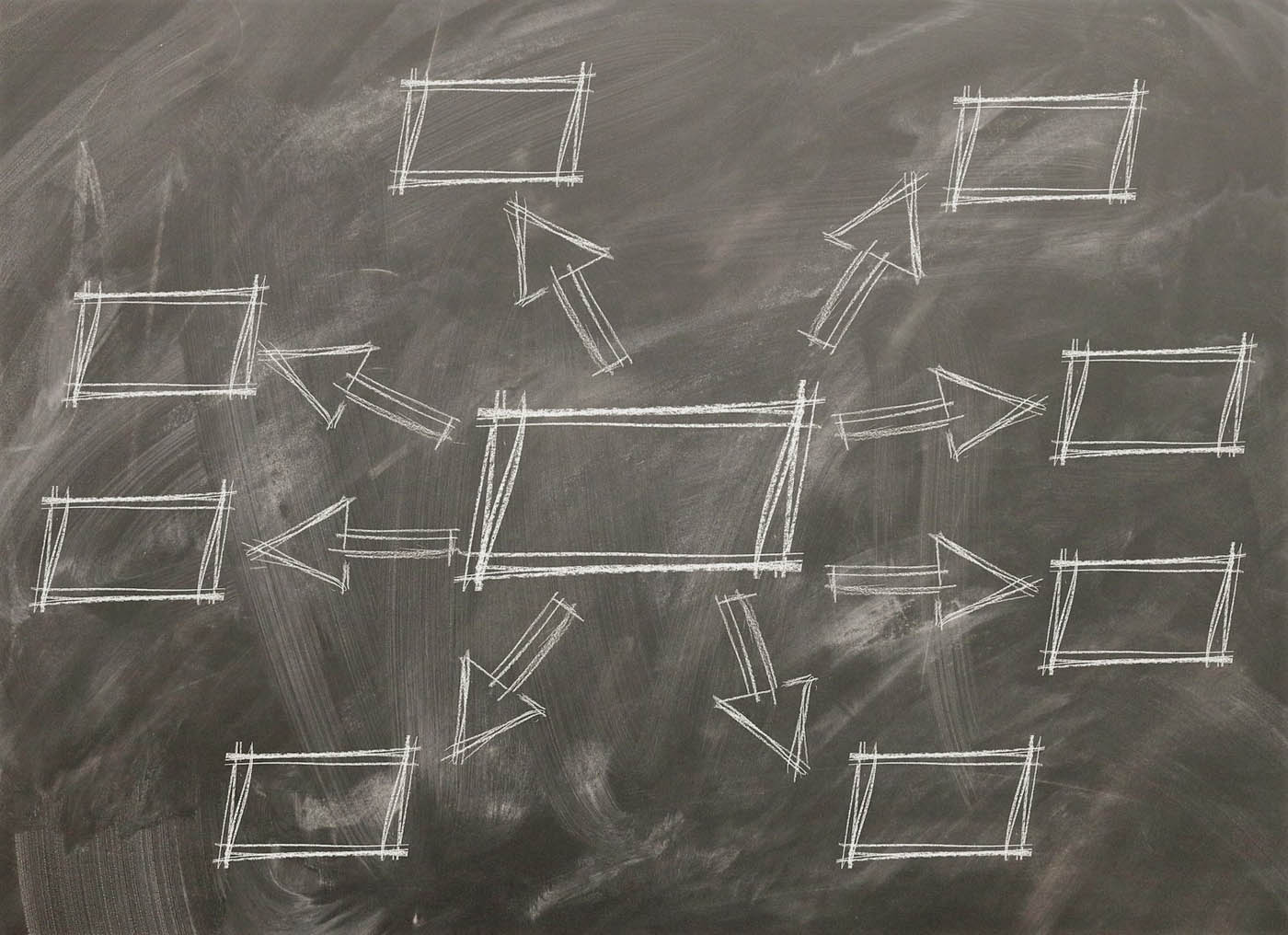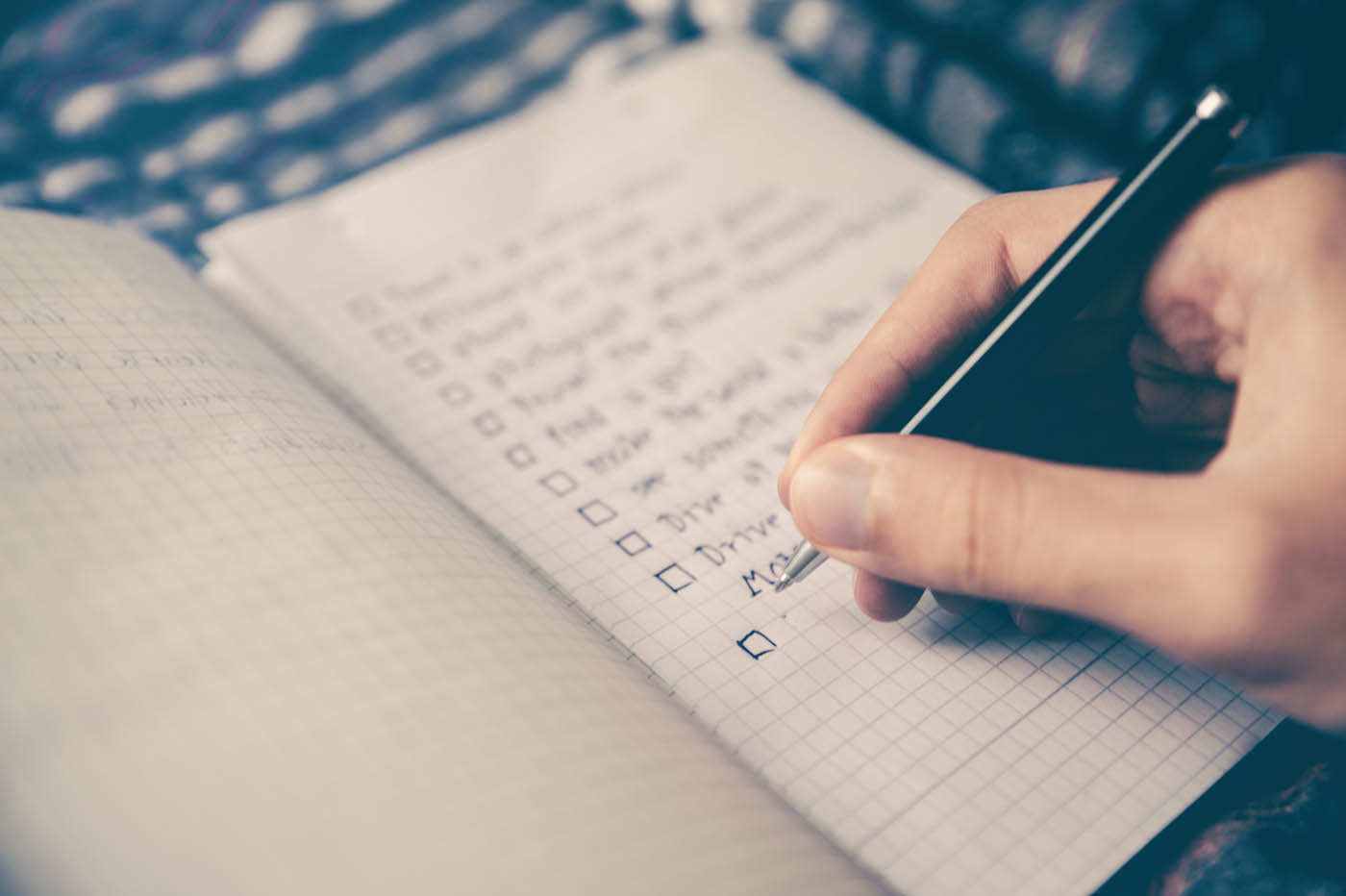As managers and leaders, as Ken Blanchard stated if we want to “help people reach their full potential, catch them doing something right.” In fact, wouldn’t be great if we started each day with the conscious goal of catching our employees doing something right and giving them immediate positive feedback?Unfortunately, even if our default position is to catch people doing things right, there will be times that an employee’s performance doesn’t meet our expectations. When this occurs, immediate feedback is also necessary. Of course, unlike positive feedback that is great to give in public, comments regarding negative performance are best given in private.
Most often, employee performance issues can be corrected informally. It is simply a matter of bringing the issue to the attention of the employee, clarifying the expected behavior and talking about what the employee can do to improve the performance. However, there are times when a more formal approach needs to be taken. In these cases, a performance improvement plan can be put into place prior to the need to take disciplinary action.
Performance Improvement Plan
The goals of a performance improvement plan are to identify the causes of the poor performance and to develop a solution(s) to help the employee succeed. Creating a performance improvement plan is a four-step process.
Meet with the Employee
First, one meets with the employee, preferably in their office, to discuss the issue and to let the employee know that a performance improvement plan is going to be developed. During this meeting, it is important that you inform the employee, in specific terms, what the problem behavior/performance is and clearly define what your expectations are for acceptable performance/behavior. This initial meeting is also an opportunity to listen to what the employee has to say about the poor performance and engage in a dialogue about what the employee thinks is the cause for the poor performance and what tools if any, the employee might need to improve the performance. The objective of the conversation is listening for cues from the employee about what appropriate action(s) might be useful in improving the performance. This dialogue will often provide information that you can reflect on as you develop a formal performance improvement plan.
Write the Performance Improvement Plan
The second step is to actually write up a performance improvement plan. The written plan should pinpoint the performance needing improvement, explain how that performance impacts the organization and clearly state what action steps need to be taken to get the performance up to standard.
When pinpointing the performance that needs improvement, it is important that specific examples are provided. For instance, if it is an issue with coming to work late, state specific dates and times that employee has arrived late. If it is an issue with deadlines not being met, list the specific assignments, the dates they were due and the actual completion dates. If it is an issue with the manner in which an employee communicates with other employees or customers, list specific examples.
Next, explain how the performance impacts the business. It is important that the employee understands how their performance impacts other employees and the business at large.
Finally, the plan should contain an action plan, with specific target dates, that pinpoints the steps to get the performance up to standard and maintained at the standard. This section should also include what the follow-up process will be for monitoring the employee’s improvement, including the frequency of follow-up meetings. If it is a performance issue that requires professional development, the should state exactly what professional development should be engaged in, be it attending certain training programs, reading certain books, registering for a particular webinar, etc. If it is a more basic issue such as arriving at work on time, the plan might require to an employee to record his / her arrival time each day on a graph and meet with you once a week to review the graph.
Review the Plan with the Employee
After the plan is written up, meet with the employee and review the entire document. It is important that you review all of the information in the plan to ensure that the employee understands what is documented therein. It is also important that the employee understands that their job could be in jeopardy if they fail to meet and maintain the expected performance standard(s).
Follow Up with the Employee
Meet with the employee at the intervals specified in the plan to provide feedback on the employee’s improvement or lack thereof. These follow-up meetings might be fairly frequent during the beginning of the performance improvement cycle with the frequency diminishing over time until the performance improvement timeframe, as defined in the plan, concludes.
At the end of the performance improvement timeframe laid out in the plan, the employee will have met the requirements of the plan in their entirety, demonstrated improvement but not fully met the requirements set forth in the plan or failed to comply with the plan. If the employee meets the requirements, it is important to give the employee positive feedback and communicate the importance of maintaining the standard going forward. If the employee should be marked improvement but didn’t fully meet the requirements set forth in the plan, you may come to the conclusion that some of the requirements were too aggressive and consider the performance improvement timeframe to be over; or, you may revise the plan to give the employee a little more time to comply. If the employee did not meet the plan requirements and made little or no progress, termination may be in order. Of course, if legal counsel has not reviewed your termination procedures, you may want to seek the advice of an employment attorney before triggering the termination process.
Click here for a Performance Improvement Plan template.
How does your performance improvement process differ from this?











